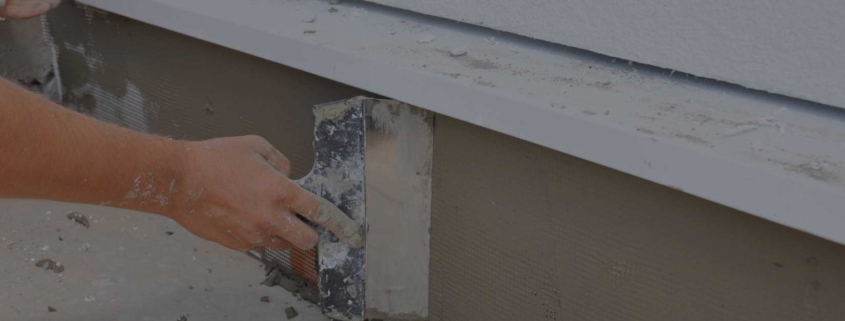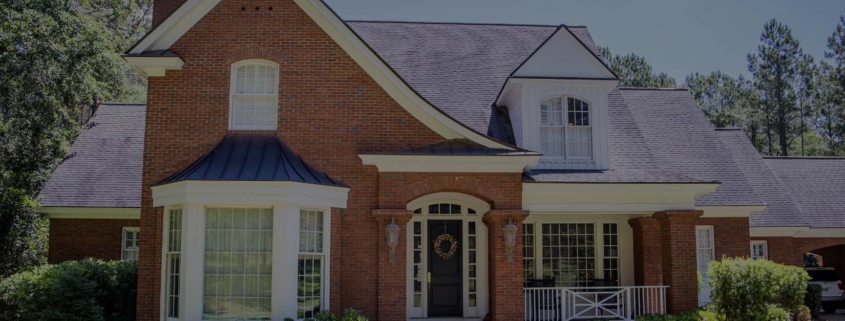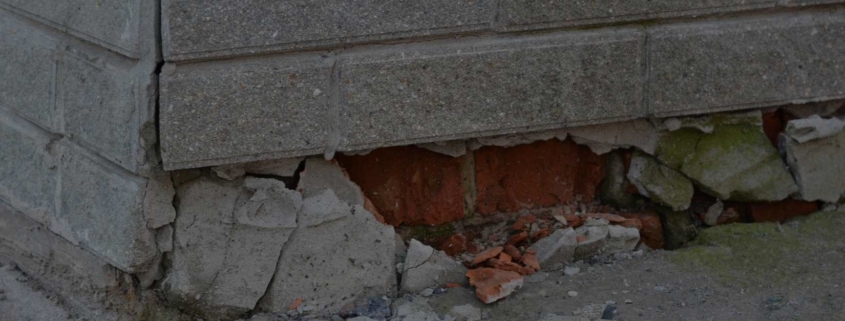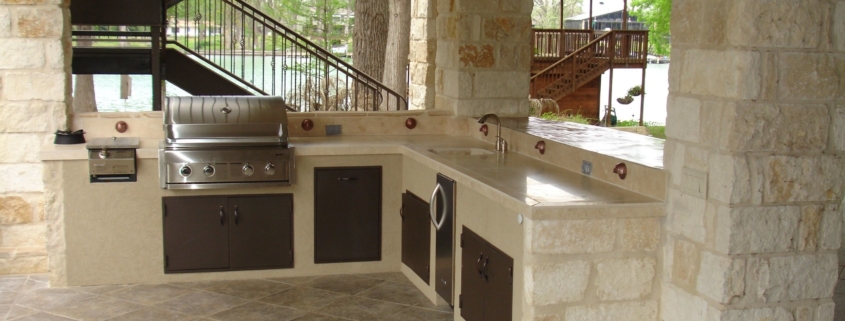Foundation waterproofing is a critical investment for homeowners, especially in areas like Toronto, where unpredictable weather and seasonal fluctuations can expose homes to moisture-related damage. A properly waterproofed foundation not only protects the structural integrity of a home but also offers numerous other long-term benefits. This blog explores why foundation waterproofing is essential, the techniques used, and how it provides lasting value for homeowners.
Foundation waterproofing is the process of applying protective measures to prevent water from penetrating the foundation walls and basement. Water infiltration can lead to a host of problems, including structural weakening, mold growth, and even health concerns for occupants. While it may seem like an upfront expense, the long-term benefits far outweigh the initial costs, making it a wise investment for any homeowner.
One of the most significant advantages of foundation waterproofing is the protection it offers against water damage. Water is one of the most destructive forces when it comes to building materials, and it can infiltrate a home through cracks in the foundation, gaps in windows, or even porous concrete. Over time, water exposure can weaken the foundation, leading to cracks, spalling, and even structural failure. Waterproofing the foundation seals these vulnerabilities, ensuring that the structure remains strong and intact for years to come.
Another critical benefit of foundation waterproofing is the prevention of mold and mildew growth. When moisture enters a basement or crawl space, it creates a damp environment that is ideal for mold and mildew to thrive. These fungi not only cause unpleasant odors but can also pose serious health risks to occupants, particularly those with allergies or respiratory conditions. By keeping the foundation dry, waterproofing eliminates the conditions that encourage mold growth, thereby promoting a healthier indoor environment.
Energy efficiency is another often-overlooked benefit of foundation waterproofing. A dry foundation and basement contribute to better insulation and temperature regulation within a home. Moisture in the foundation can lead to energy loss as damp areas tend to feel colder, forcing heating systems to work harder to maintain a comfortable indoor temperature. By preventing water infiltration and dampness, waterproofing reduces energy consumption, resulting in lower utility bills over time.
Foundation waterproofing also helps protect a home’s value. For many buyers, a dry basement is a top priority when considering a property. Homes with signs of water damage or moisture issues are less appealing and often sell for less than their counterparts with dry, well-maintained foundations. Investing in waterproofing ensures that the home remains marketable and retains its value, giving homeowners peace of mind should they decide to sell in the future.
There are several techniques used in foundation waterproofing, each suited to different needs and situations. One common method is the application of waterproof coatings and sealants. These materials are applied to the interior or exterior surfaces of the foundation to create a barrier against water. Sealants are particularly effective for addressing minor cracks and pores in concrete walls, preventing water from seeping through.
Another popular technique is the installation of a drainage system. Exterior drainage systems, such as French drains, are designed to direct water away from the foundation before it has a chance to penetrate. Interior drainage systems, on the other hand, collect water that enters the basement and redirect it to a sump pump, which removes it from the home. Both types of systems are highly effective at keeping basements dry and preventing water damage.
For homes with significant water issues, waterproofing membranes may be installed. These membranes are thick, flexible sheets that are applied to the exterior of the foundation to provide a robust, long-lasting barrier against water. This method is particularly useful for homes in areas with high water tables or heavy rainfall.
One critical aspect of foundation waterproofing is identifying the root cause of water infiltration. A professional assessment is often necessary to determine whether the issue is due to poor grading, inadequate drainage, or structural problems. Addressing these underlying issues is essential for ensuring the effectiveness of any waterproofing measures.
Maintaining a waterproofed foundation requires regular inspections and upkeep. While high-quality waterproofing systems are designed to last for many years, factors such as soil movement, weather conditions, and natural wear and tear can affect their performance. Homeowners should inspect their foundations periodically for signs of damage, such as cracks, leaks, or pooling water, and address any issues promptly to prevent further problems.
In addition to professional waterproofing techniques, there are steps homeowners can take to minimize water infiltration. For example, ensuring proper grading around the home directs water away from the foundation rather than toward it. Cleaning gutters and downspouts regularly ensures that rainwater is effectively channeled away from the house. Installing extensions on downspouts can also prevent water from pooling near the foundation.
One of the most significant long-term benefits of foundation waterproofing is the peace of mind it provides. Knowing that your home is protected from water damage allows you to focus on other aspects of homeownership without worrying about costly repairs or health risks. It also provides a sense of security during extreme weather events, as a waterproofed foundation is better equipped to handle heavy rainfall or snowmelt.
For Toronto homeowners, foundation waterproofing is particularly important due to the region’s climate. The city experiences a wide range of weather conditions, from freezing winters to heavy rainfalls in the spring and summer. These fluctuations can cause significant stress on foundations, making waterproofing an essential component of home maintenance.
Foundation waterproofing is not just a preventative measure; it’s an investment in the longevity and value of your home. By protecting against water damage, mold growth, and energy loss, waterproofing ensures that your home remains safe, comfortable, and efficient for years to come. Whether you’re building a new home or maintaining an existing one, foundation waterproofing is a step every homeowner should consider.








